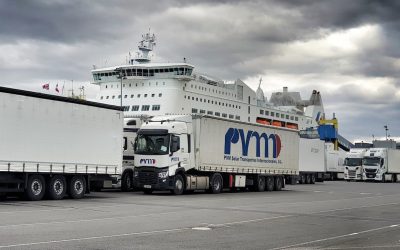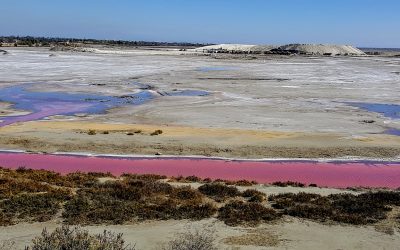The Age-old Conundrum - Road or Ferry? Europe’s shores are calling; adventure, culture and a rich tapestry of beautiful scenery awaits....

Camargue
Camargue
Camargue’s Stunning Diversity
France's Camargue - the land of true diversity Imagine travelling through the heart-land of a delta region - what jumps out at you? Is it...
Follow us
You can find us on social media,
different channels for different content.


